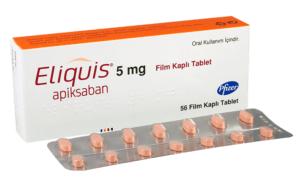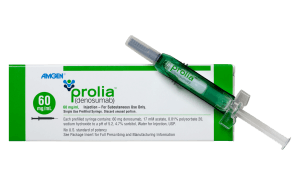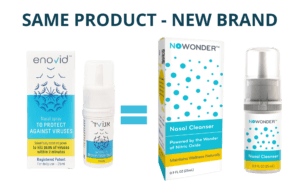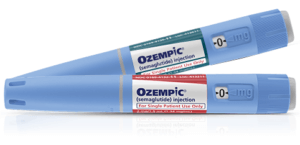There are only 2 weeks left to enroll and many Americans are still in a state of confusion and frustration, not knowing what their best choices are. Insurers, community health care services and non-profits are racing to get the uninsured signed up for the first year of Obamacare. According to press reports, it seems that the push is mainly targeted to the healthy younger generation, 18-34 yrs, who until now were lagging behind in their sign up quota. The sign up rate for this age group was below 27% of all enrollments over the first 4 months of sign-ups but their enrollment is crucial to the success of ObamaCare. The 18-34 age pool is needed to counter balance the coverage of the elderly and sick. It needs to reach 33- 40% of the enrollment pool in order for the balance to be effective. CMS recently reported that there have only been 4.2 million sign ups, 1.8 million short of the Congressional Budget Office prediction of 6 million.
As we approach the end of March the 18-34 age group are finally enrolling but for many it’s still a struggle to meet the premiums and to foresee what the future may hold for them in terms of medical help.
Many don’t realize that there are still subsidies available that can help them meet the premiums and others don’t realize that there are tax penalties applicable for those who qualify but don’t enroll. There also seems to be confusion about what Obamacare actually is. Many perceive it to be a government healthcare system but it’s actually more like insurance plans offered by private insurers. Many don’t understand the effects it will have on their ability to be treated for emergency medicine, access and availability to the Doctors of their choice and how it affects the cost of prescription medication. Here are 4 hot topics for all those procrastinators out there:
Can I get a subsidy? There are subsidies still available and it’s worth going to the healthcare site to find out if you qualify. At the start of the campaign the website function was impaired but it’s working fully now so you can go there to investigate how to qualify for lower payments. If you are eligible you may only end up paying a handful of dollars a month for individual coverage.
What if I’m away from home but need to go to the emergency room? You can visit an emergency room outside your plans network without prior approval so you don’t need to worry if you get injured or sick when you’re away from home. You don’t need to pay a higher co-pay for this privilege but you might still be responsible for the difference between the amount billed by the provider for out-of-network emergency room services and the amount paid by your health plan, depending on the treatment received.
Can I choose which Dr I see? Each plan has a defined list of Doctors that you can see so you are not eligible to pick any Doctor, only the ones covered in your plans network list. For example, your existing eye doctor might not be available for you under your new plan so if you have been seeing the same eye Doctor for the last 20 years and wish to continue with them then it’s worth checking that you won’t lose the ability to be treated by them. You can however, choose the Doctor you want from within your plans network.
How much do I contribute towards my prescription medication? The reform claims that everyone will be entitled to prescription meds in contrast to 20% coverage previous plans had. However the drugs coverage differs from plan to plan and state to state. While some plans will cover a long list of drugs others will only cover a few, leaving you to pay $1000’s a year for your prescriptions. If you have a pre-existing condition or family history of a specific illness then check which medicines are covered. With private plans a portion of the prescription drugs are paid for, even if the drug itself is not on the approved drug list, but with Obamacare this doesn’t happen. Even if the drug is on the approved list you might end up paying a higher co-pay for it than under a different Obamacare or private plan. This means that your drugs might be covered but your share of the cost could increase from 25% to 40% for example, making your contribution for each prescription higher.
Our suggestion, think of the future and do your research into the full extent of the different plans…. And if you find yourself paying a fortune in prescription meds don’t forget to come to IsraelPharm and buy your prescription online with us instead. Our prices are often lower than what you can expect from your healthcare plan and far lower than uninsured prices. For a direct comparison on Nexium and Abilify, 2 of the most prescribed drugs in the USA, see our previous article on prescription price comparison.
















